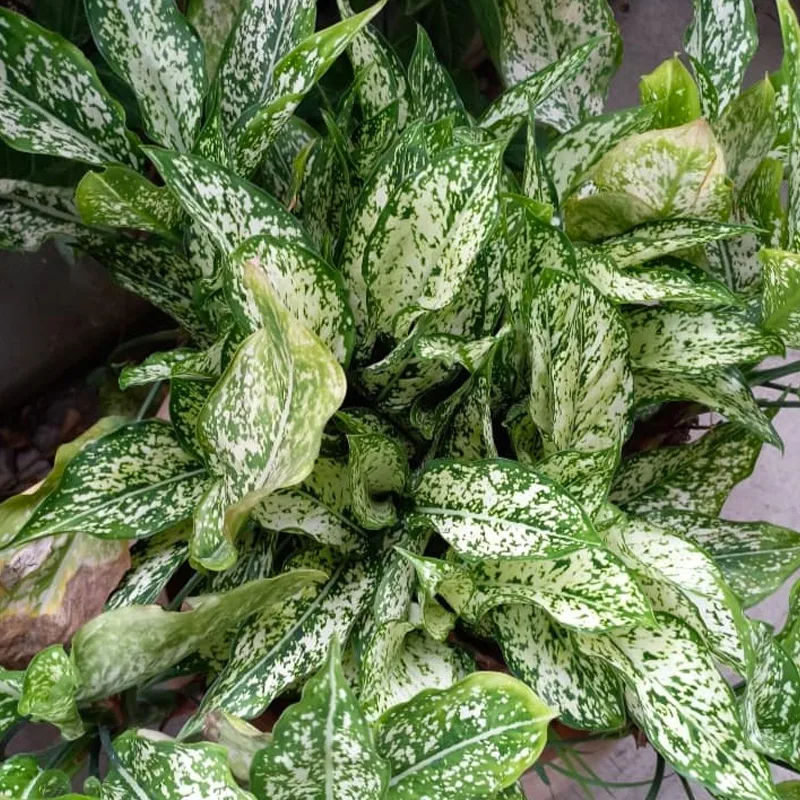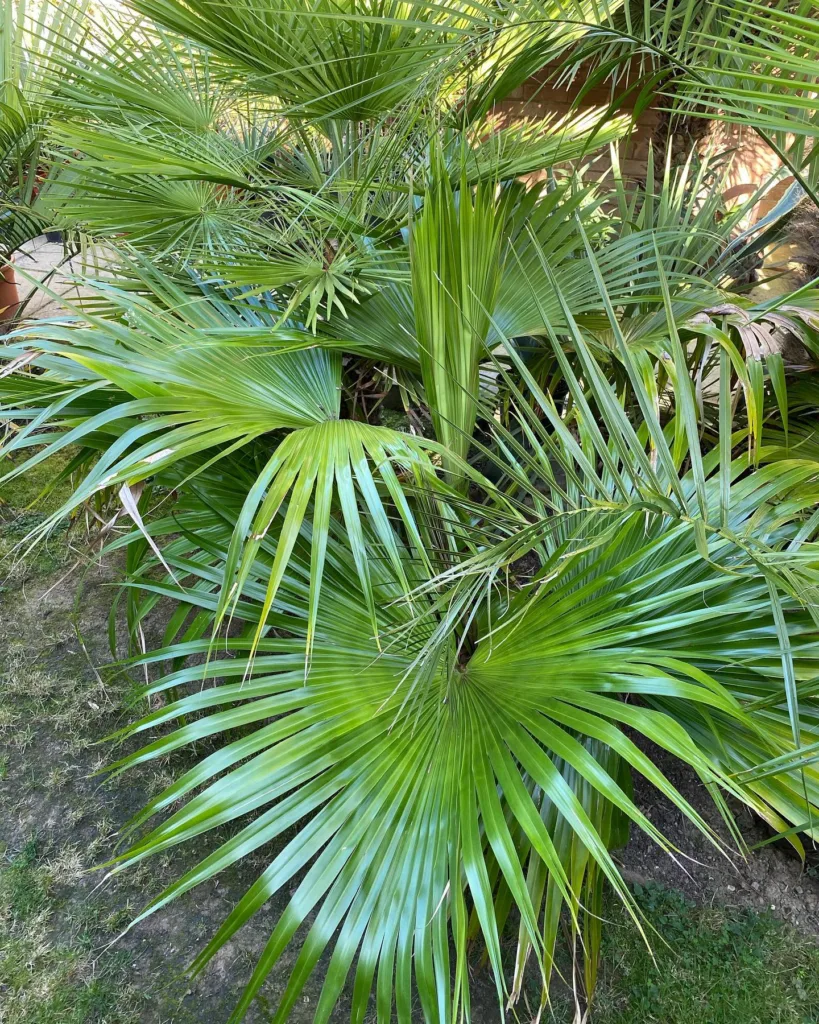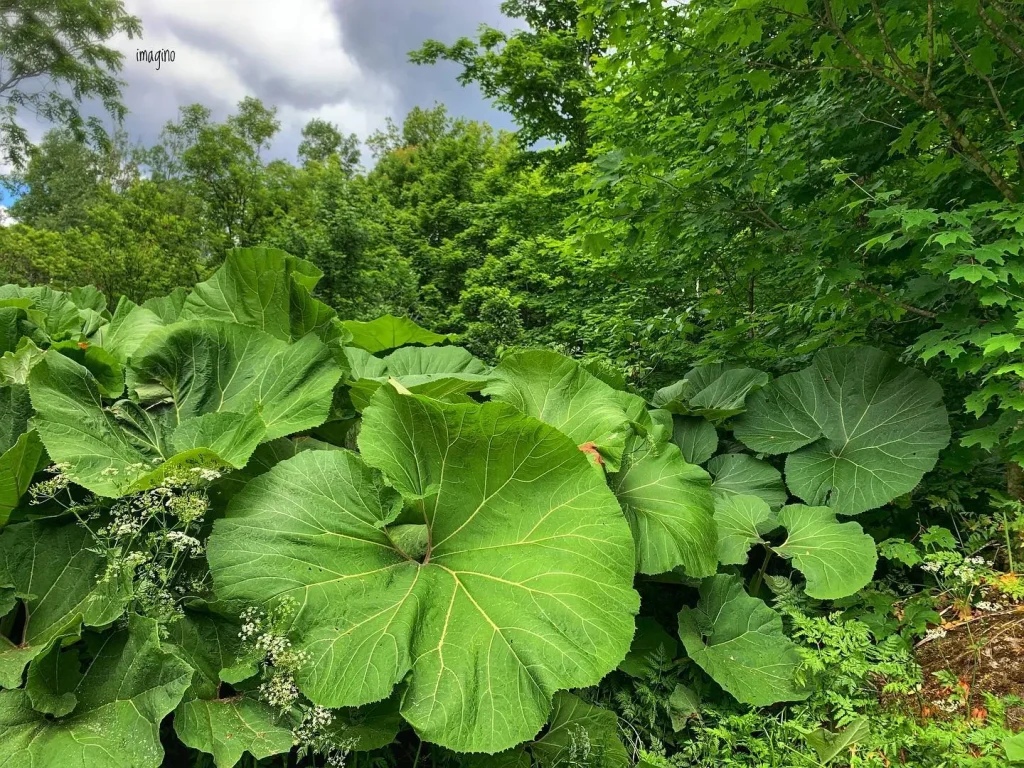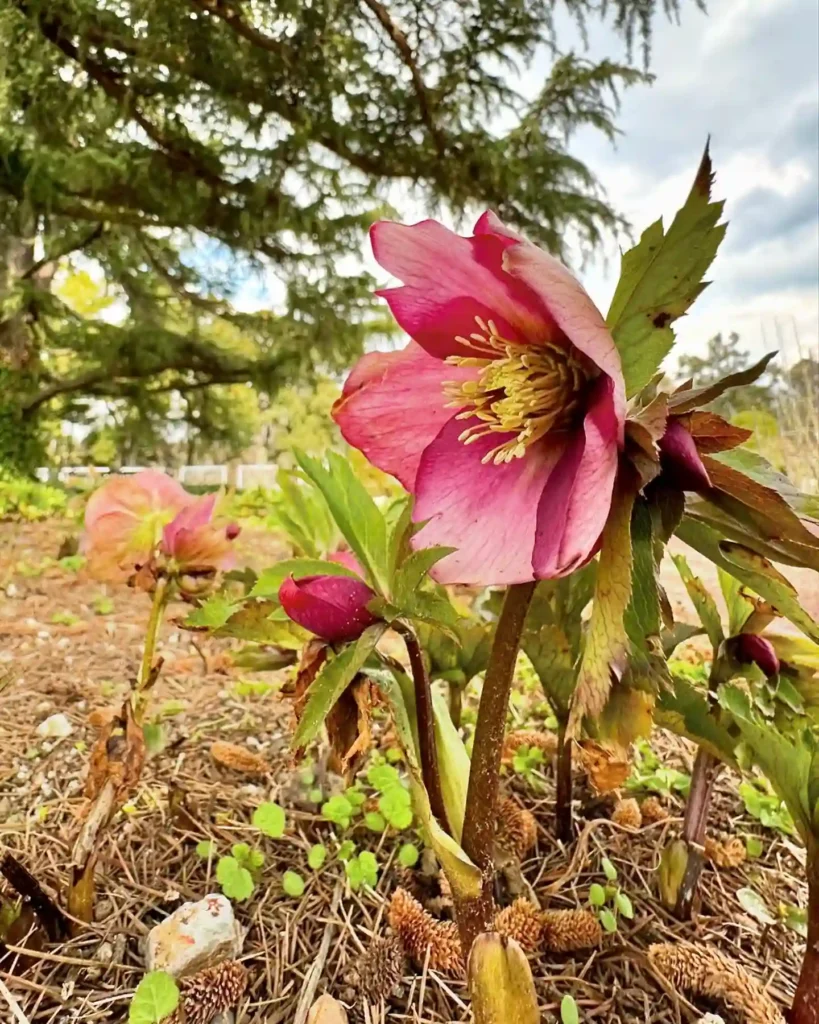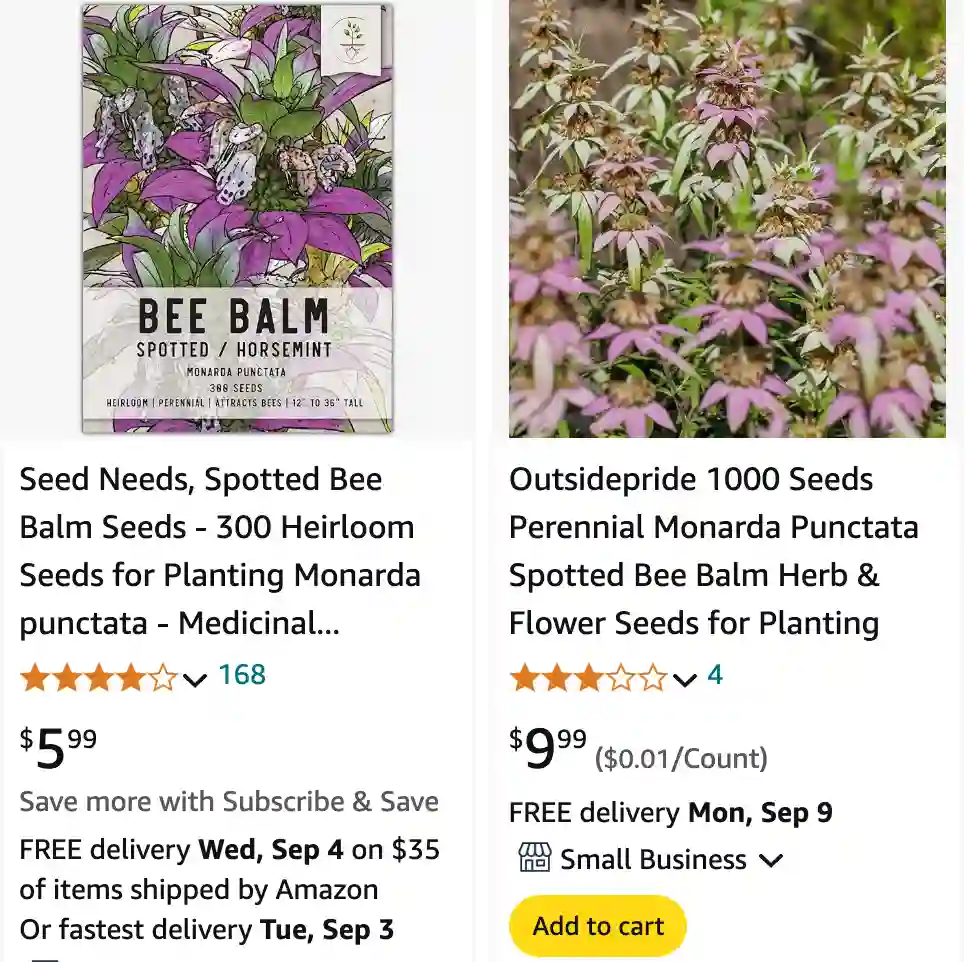
What Is Monarda Punctata?
Monarda Punctata, commonly known as spotted bee balm or horsemint, is a distinctive plant native to North America. Its eye-catching flower heads, with their unique spotted appearance and vibrant colors, make it a favorite among gardeners and pollinators alike. Unlike its more commonly known relatives in the Monarda genus, such as Monarda Didyma (bee balm), Monarda Punctata has a distinct charm with its spotted bracts and tubular flowers.
25 Species in Genus Monarda – Bee Balm
How to Grow Monarda Punctata?
Growing Monarda Punctata can be a rewarding experience, especially if you’re interested in attracting bees and butterflies to your garden. Here’s how you can successfully cultivate it:
- Location: Monarda Punctata thrives in full sun to partial shade. Choose a spot in your garden where it can receive at least six hours of sunlight daily.
- Soil: This plant prefers well-drained soil that is rich in organic matter. It can tolerate a range of soil types but flourishes in sandy loam or loamy soils.
- Watering: Keep the soil consistently moist but not waterlogged. Regular watering is essential, particularly during dry periods.
- Spacing: Space the plants about 18 to 24 inches apart. They can spread quite a bit, so give them enough room to grow.
- Maintenance: Monarda Punctata is relatively low-maintenance. Regularly remove spent flowers to encourage more blooms and reduce the risk of powdery mildew.
How to Use Monarda Punctata?
Monarda Punctata isn’t just a visual delight; it also has practical uses:
- Culinary Uses: The leaves of Monarda Punctata can be used to add a minty flavor to salads and teas. They have a more subtle flavor compared to other bee balms and can be a unique addition to your culinary repertoire.
- Medicinal Uses: Traditionally, Monarda Punctata has been used in herbal medicine. It’s believed to have antimicrobial properties and can be used in teas to help with digestive issues or colds.
- Aesthetic Uses: Beyond its culinary and medicinal uses, this plant is excellent for adding beauty to garden beds. Its unique appearance makes it a standout in mixed borders and wildflower gardens.
Is Monarda Punctata Invasive?
One common concern with Monarda Punctata is whether it is invasive. Fortunately, Monarda Punctata is not generally considered invasive. Unlike some of its relatives, it does not aggressively spread or outcompete other plants. However, it can spread through self-seeding, so keep an eye on its growth if you are in a region where it might not be native.
Monarda Punctata vs Citriodora
When comparing Monarda Punctata with Monarda Citriodora, also known as lemon bee balm, there are several differences to note:
- Appearance: Monarda Citriodora has more slender, tubular flowers with a strong lemon scent, while Monarda Punctata features spotted bracts and a more compact flower head.
- Scent: Monarda Citriodora is known for its lemony fragrance, which makes it a popular choice for adding a citrus note to herbal blends. Monarda Punctata has a milder scent.
- Growth Habit: Monarda Citriodora typically grows taller and more upright compared to the more spreading habit of Monarda Punctata.
Monarda Punctata vs Didyma Birds
Monarda Didyma, or bee balm, is another plant worth comparing to Monarda Punctata. Here’s how they differ:
- Flower Structure: Monarda Didyma features larger, more showy flowers with a tubular shape, whereas Monarda Punctata has smaller, more clustered blooms with distinctive spotted bracts.
- Pollinator Attraction: Both plants attract pollinators, but Monarda Didyma is particularly known for drawing hummingbirds due to its bright, tubular flowers.
- Hardiness: Monarda Punctata is hardy in a wider range of conditions compared to Monarda Didyma, which prefers more temperate climates.
How to Care for Monarda Punctata?
Caring for Monarda Punctata involves a few key practices:
- Pruning: Regular pruning helps maintain plant health and encourages blooming. Cut back the plant after flowering to promote new growth.
- Pest Management: Monitor for pests like aphids and spider mites. Treat infestations with insecticidal soap or neem oil.
- Disease Control: Keep an eye out for fungal diseases like powdery mildew. Ensure proper spacing and avoid overhead watering to minimize risk.
How to Propagate Monarda Punctata?
Propagating Monarda Punctata can be done through several methods:
- Seeds: Sow seeds indoors 6-8 weeks before the last frost. Transplant seedlings outdoors after the risk of frost has passed.
- Division: Divide established plants in early spring or fall. This is an effective way to propagate and rejuvenate the plant.
- Cuttings: Take softwood cuttings in early summer and root them in a mix of peat and perlite.
What to Plant With Monarda Punctata?
Monarda Punctata pairs well with other plants in the garden:
- Echinacea: The bright colors of coneflowers complement the spotted blooms of Monarda Punctata.
- Rudbeckia: Black-eyed Susans add a bold contrast and can enhance the visual appeal of the garden bed.
- Lavender: For a soothing and fragrant garden, lavender pairs beautifully with Monarda Punctata.
Can You Grow Monarda Punctata Indoors?
Monarda Punctata is primarily grown outdoors but can be grown indoors under the right conditions. Ensure it gets ample sunlight or use grow lights to mimic natural conditions. Keep the humidity levels high and provide good air circulation to prevent disease.
Is Monarda Punctata Toxic?
Monarda Punctata is not considered toxic to humans or pets. It’s generally safe to handle and use, but as with any plant, avoid ingestion in large quantities and monitor for any allergic reactions.
Benefits of Monarda Punctata
- Pollinator Friendly: Attracts bees, butterflies, and hummingbirds.
- Culinary Uses: Adds unique flavor to dishes and teas.
- Medicinal Uses: Has traditional uses in herbal remedies.
Common Problems
- Powdery Mildew: A common issue, particularly in humid conditions. Use fungicides and ensure good air circulation.
- Pests: Watch for aphids and spider mites. Regularly inspect and treat as needed.
By understanding and caring for Monarda Punctata, you can enjoy its unique beauty and benefits in your garden. Whether you’re comparing it to other bee balms or using it in various ways, Monarda Punctata is a plant with much to offer.
If i die, water my plants!
